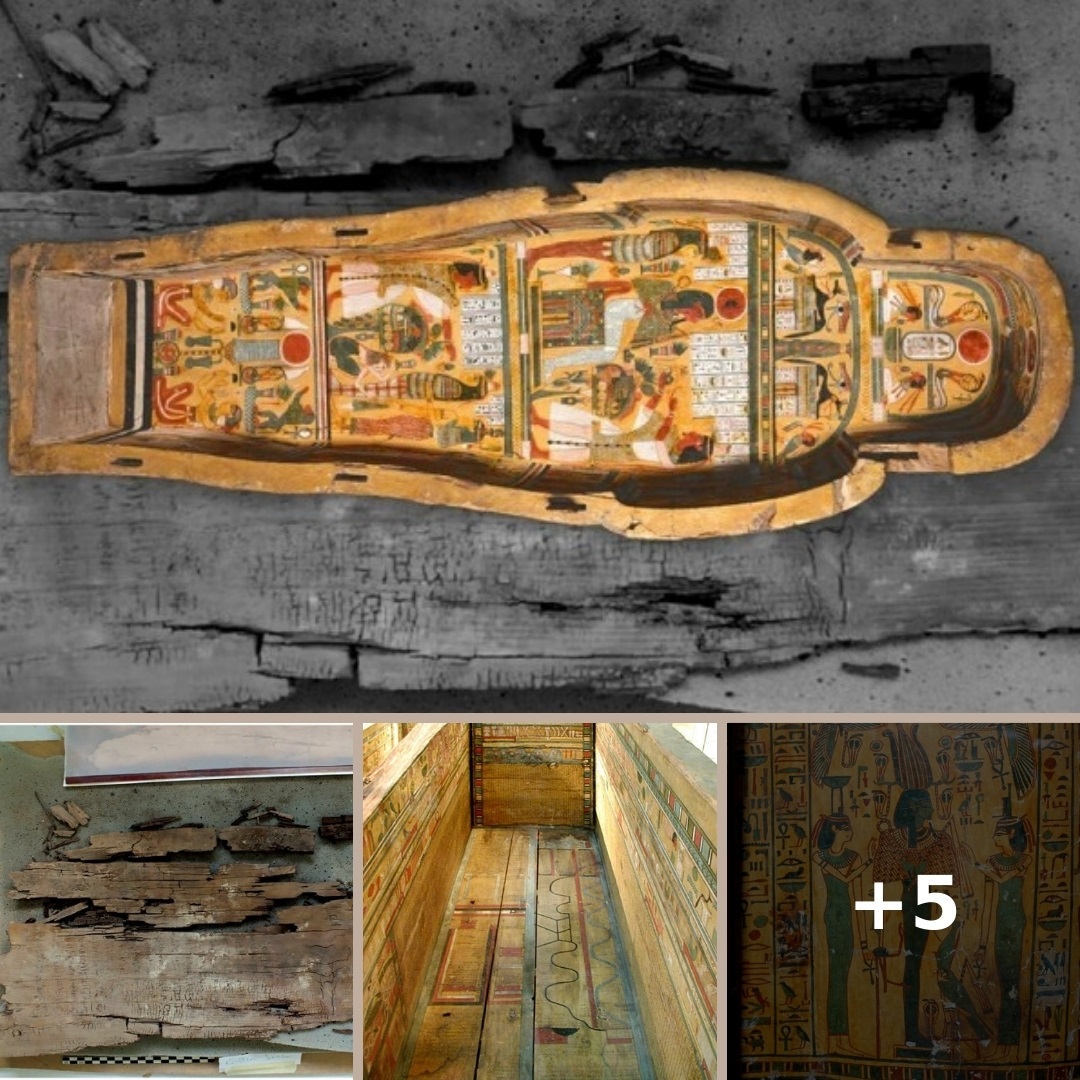Back in 2012, archaeologists cracked open a burial shaft in the Middle Egyptian necropolis of Dayr al-Barsha. While much of its contents were looted or eaten away by fungi, they discovered that one of the coffins was inscribed with text from The Book of Two Ways, a mysterious illustrated “guidebook” to the underworld. Reporting in “The Journal of Egyptian Archaeology,” a new study looking at this text suggests it could even be the earliest known copy of The Book of Two Ways.
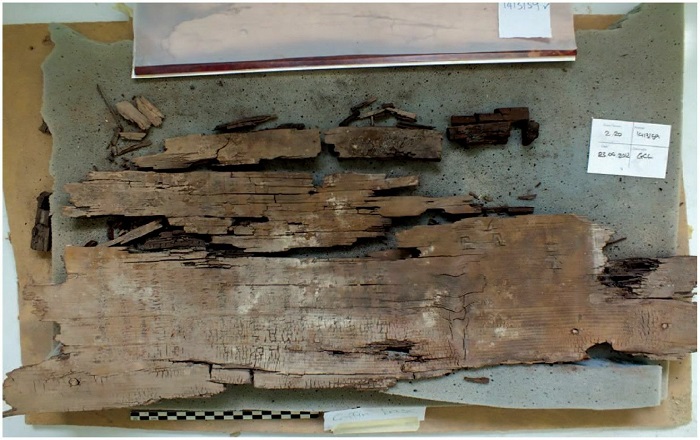
What exactly is The Book of Two Ways? The title refers to the two routes a soul can take in navigating the afterlife in the Egyptian underworld if it wants to enter the realm of Osiris. Osiris was the Egyptian overlord of the underworld and final judge of all human souls. The Book of Two Ways is also part of a much larger body of ancient Egyptian mythology — The Coffin Texts — and it is referred to as “a clear precursor to later Netherworld books such as the ‘Amduat’ and the ‘Book of Gates.’”
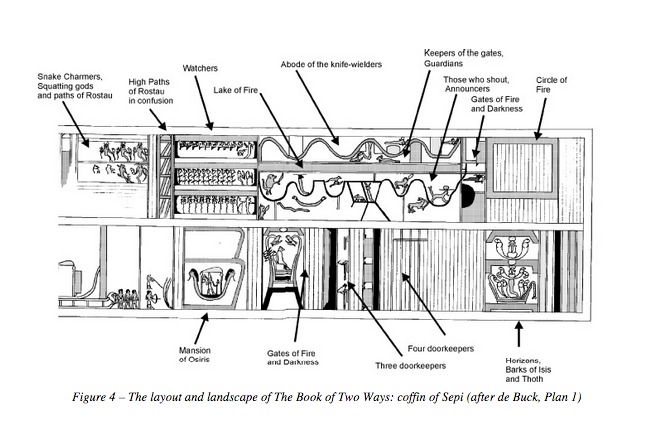
The copy dates back to at least 4,000 years ago. The researchers know this because the tomb contains inscriptions that mention Djehutinakht I, an ancient nomarch from around the 21st to 20th century BCE. Although it was previously assumed the coffin once contained the body of Djehutinakht I, this study highlights that it actually belonged to an unknown elite woman called Ankh.
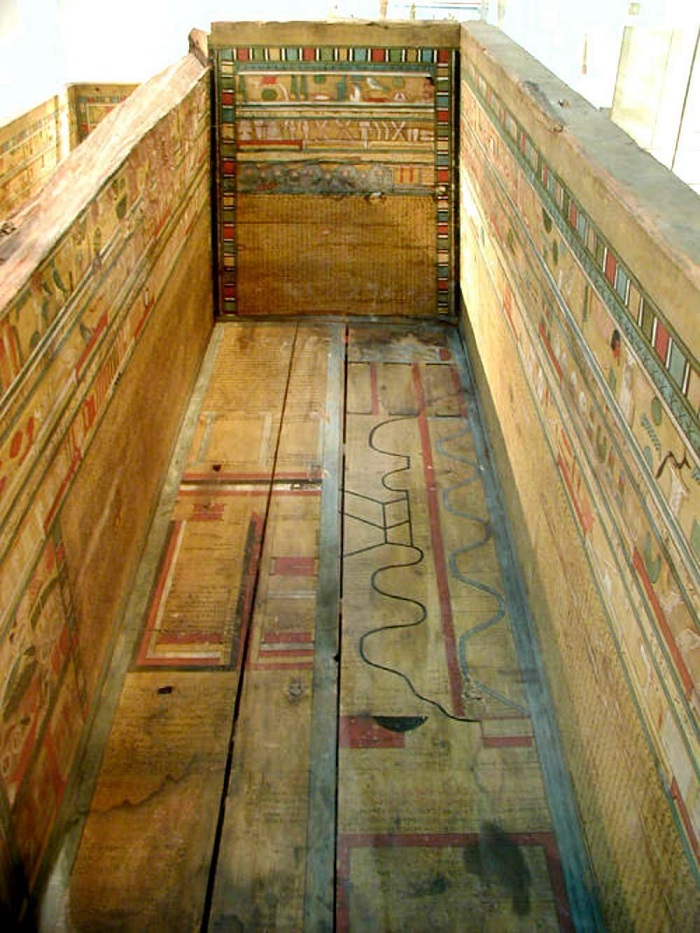
All of these books are part of a much more well-known tome known as The Book of the Dead, which has been described by National Geographic as the full collection of mortuary texts which consists of spells that deal with the afterlife. More precisely, the Book of the Dead contains “1,185 spells and incantations” which are what can best be dubbed everything a person needed to successfully find his or her way in the next life.
The tomb appears to have been repeatedly visited by impatient grave robbers who had scattered much of its contents across the chamber and removed some of the valuables. However, archaeologists did manage to recover two wooden panels, complete with some lines of hieroglyphic text. Remarkably, these fragments of text were found to be small sections of The Book of Two Ways. A handful of versions of the book have been previously discovered by researchers, but this version is believed to be the earliest example found so far. Written for Middle Kingdom officials and their subordinates, copies of the archaic text have also been found on tomb walls, papyri, mummy masks, and in other coffins.
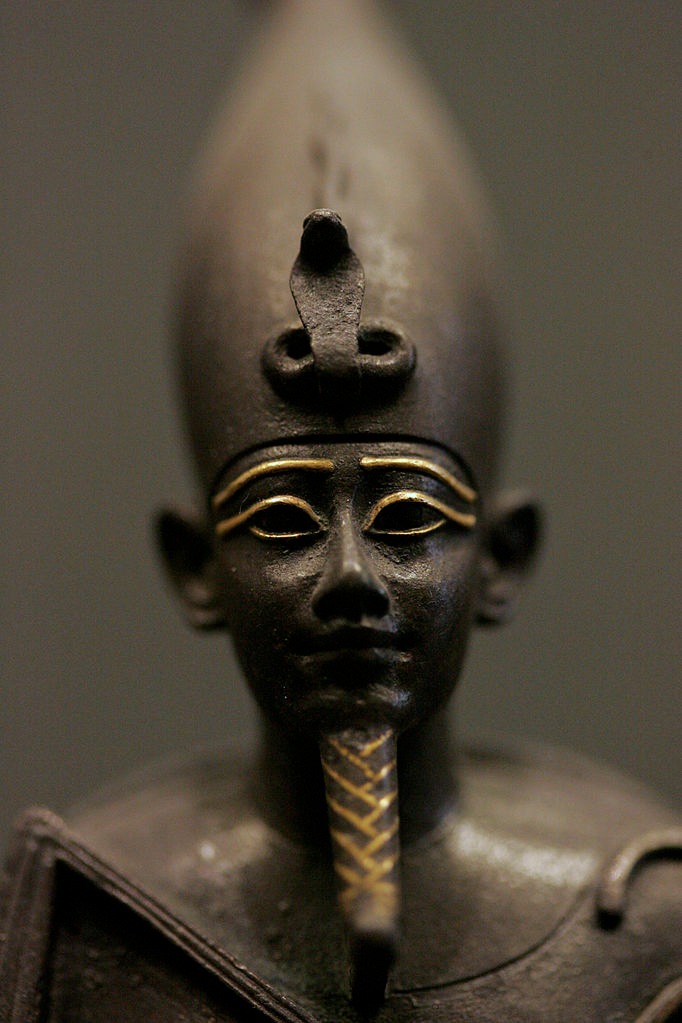
The Book of Two Ways goes into great detail about how one could manage to find the elusive Osiris in the underworld:
“Two zig-zagging paths crossing a dangerous landscape where demonic entities challenge one’s progression to ‘Rostau’ – the realm of Osiris – a dark place surrounded with fire and located at the ‘boundary of the sky.’ It was believed that any person who looked upon the dead body of Osiris would never completely die and if one reached the Field of Offerings, after a feast with Osiris their desires would be satisfied.”
Problem is, the paths can be treacherous, and some lead nowhere, leaving a soul searching for respite frustrated and no closer to final rest than before. The paths are also separated by the Lake of Fire, which has the power to either destroy or revive the soul. Along the way, the deceased traveller also must “overcome the Sun’s ‘fiery court’ with endless guardians and demons blocking the way with high walls of stone and fire.”
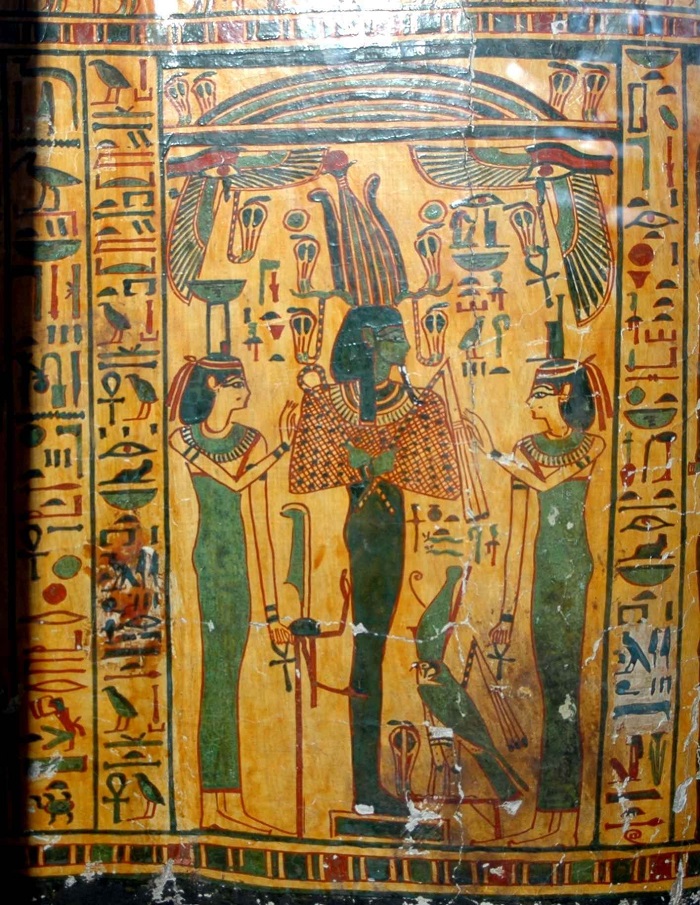
However, not much is fully understood about the texts, specifically The Book of Two Ways, and it’s history. In a sense, the Book of Two Ways is a map for the soul. But while it may well look to us here in the 21st century like a map, it wasn’t used as one in the conventional sense of that word. Regardless of its precise interpretation, The Book of Two Ways serves as another strong reminder of how death and the afterlife have long played an important role in the cultural imaginings of humans.
